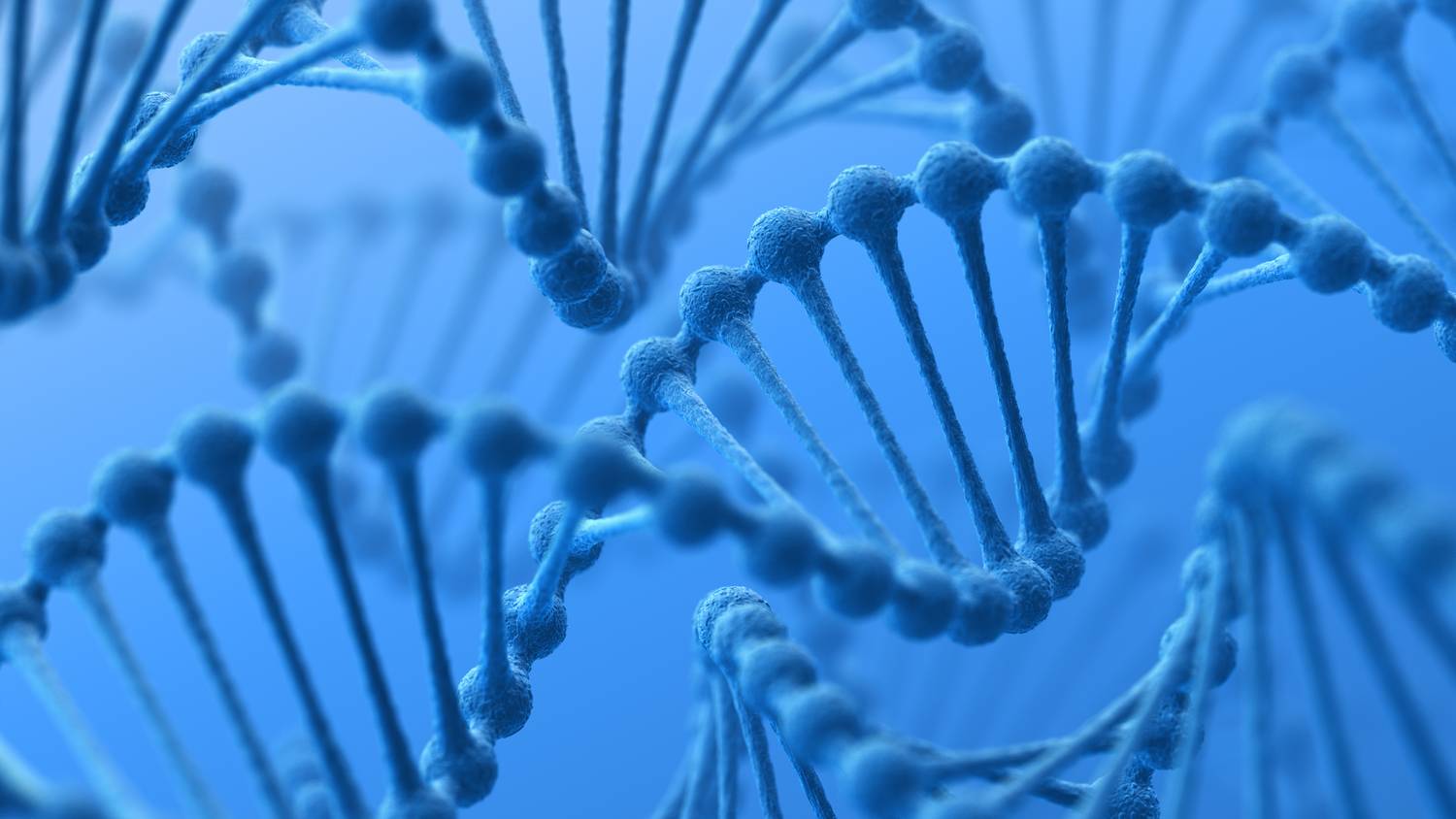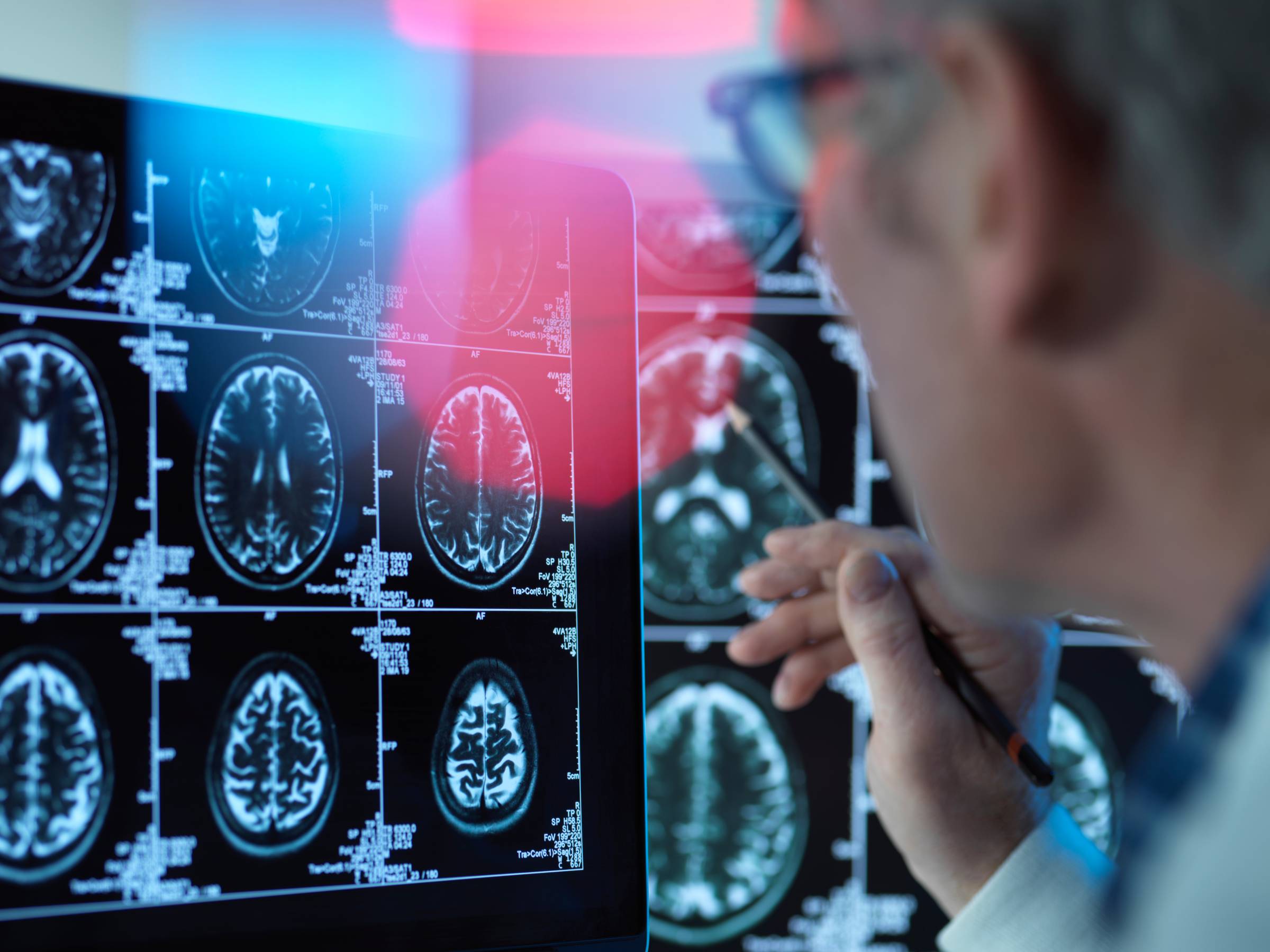Our Approach /
About gene therapy

How genetic material can become life-changing therapies
Each of us has genes that provide our bodies with instructions on how to live and grow.
For those with a missing or mutated gene, however, an individual genetic code can lead to uniquely devastating diseases. Because a genetic condition is part of someone’s DNA, many conventional treatments manage symptoms but do not fundamentally change the course of the disease and require chronic lifelong treatment.
Gene therapy may help compensate for that missing or mutated gene, which can stop or reverse disease progression. Gene therapy may also be used to help produce therapeutic proteins that can treat nongenetic conditions, changing the course of more diseases—and more lives.



From research to commercial treatment
Developing an in vivo gene therapy requires extensive research and rigorous testing before it becomes widely available.
The first step is to discover a connection between a chronic condition and a missing or deficient protein. The protein deficiency may be due to a missing or defective gene, but could also be caused by environmental factors or other disease states. If delivering a functional copy of a gene could help produce the right therapeutic protein and impact disease progression, researchers then work to determine the most effective way for delivering that functional gene into the right cells.
Once a vector is identified, it is extensively tested in in vivo and ex vivo studies to make sure it is safe and effective. If it is, then it moves into clinical trials involving real patients. Regulatory agencies review all data before allowing any human trial to proceed.
Clinical trials start with a small number of patients who receive the lowest dose likely to generate a therapeutic response. As safety and efficacy are confirmed, the focus shifts to finding the right dosage to achieve the desired clinical results, and the number of patients in the trial increases.
Gene therapies must be produced under strict quality controls in exceptionally clean facilities. Living cells are often used to grow the viral vector, followed by purification steps to isolate the vector from the living cells. Once the therapy is formulated, it is aseptically filled into a sterile container for storage and distributed to treatment centers for the patients who need it.
Regulatory agencies carefully review data from the preclinical studies and clinical trials, along with manufacturing process information and long-term monitoring plans. If the product candidate is approved, it can then be a medicine for patients.
